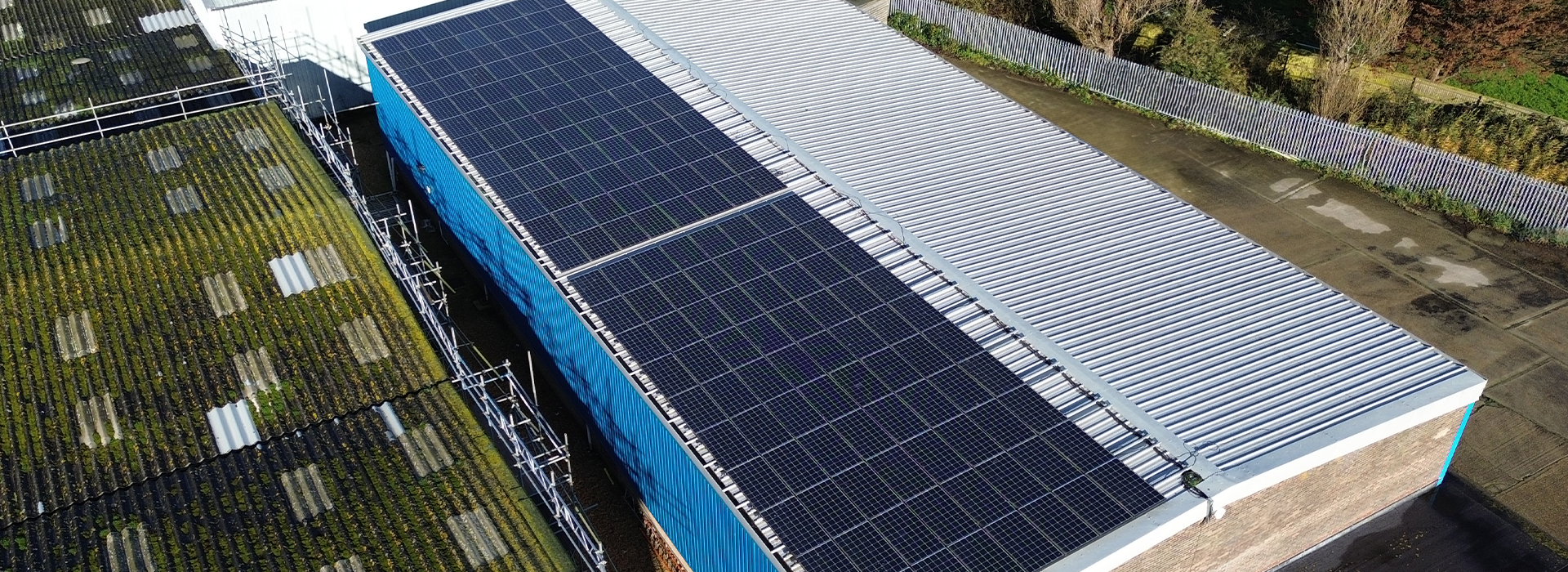Roofing work in industrial and commercial settings presents unique challenges that demand meticulous planning and safety precautions. One of the most critical aspects of such planning is the establishment of a fall protection recovery plan. In the United Kingdom, where stringent regulations govern workplace safety, having a robust fall protection recovery plan is not just advisable—it’s essential.
Understanding the Risks:
Working at heights, especially on roofs, exposes workers to the risk of falls, which can result in severe injuries or fatalities. Industrial and commercial roofs often involve complex structures, varying elevations, and challenging access points. The risk of falling is heightened during activities such as maintenance, repairs, or installations.
Legal Compliance:
The UK places a strong emphasis on workplace safety, with specific regulations, such as the Work at Height Regulations 2005, designed to prevent falls and protect workers. Compliance with these regulations is not just a legal requirement but also a moral obligation to ensure the well-being of employees.
Importance of a Fall Protection Recovery Plan:
Prevention is Key:
– A fall protection recovery plan is proactive in nature. By identifying potential hazards and implementing preventive measures, it aims to reduce the likelihood of accidents occurring in the first place.
Emergency Preparedness:
– Despite rigorous preventive measures, emergencies can still happen. A well-designed recovery plan ensures that, in the event of a fall, the response is swift and effective, minimising the impact of the incident.
Minimising Downtime:
– A fall incident can lead to work stoppages, causing delays in projects and financial losses. A recovery plan helps in minimising downtime by streamlining the rescue process, enabling a quick return to work after an incident.
Employee Confidence and Morale:
– Knowing that there is a comprehensive fall protection recovery plan in place fosters confidence among workers. When employees feel that their safety is a priority, morale improves, and a positive work environment is established.
Legal Compliance and Liability Reduction:
– Compliance with safety regulations is not just a legal obligation but also a strategy to reduce liability. A well-documented fall protection recovery plan demonstrates commitment to safety, potentially reducing legal and financial repercussions in the event of an incident.
Training and Awareness:
– Implementing a recovery plan involves training workers on safety procedures and making them aware of potential risks. This ongoing education contributes to a safety-conscious culture within the workplace.
Conclusion
In the realm of industrial and commercial roofing in the UK, the importance of a fall protection recovery plan cannot be overstated. It is a comprehensive strategy that combines preventive measures with emergency preparedness, fostering a safer work environment and complying with legal regulations. Investing time and resources in developing and implementing such a plan is not just a best practice—it’s a commitment to the well-being of workers and the success of the business.



